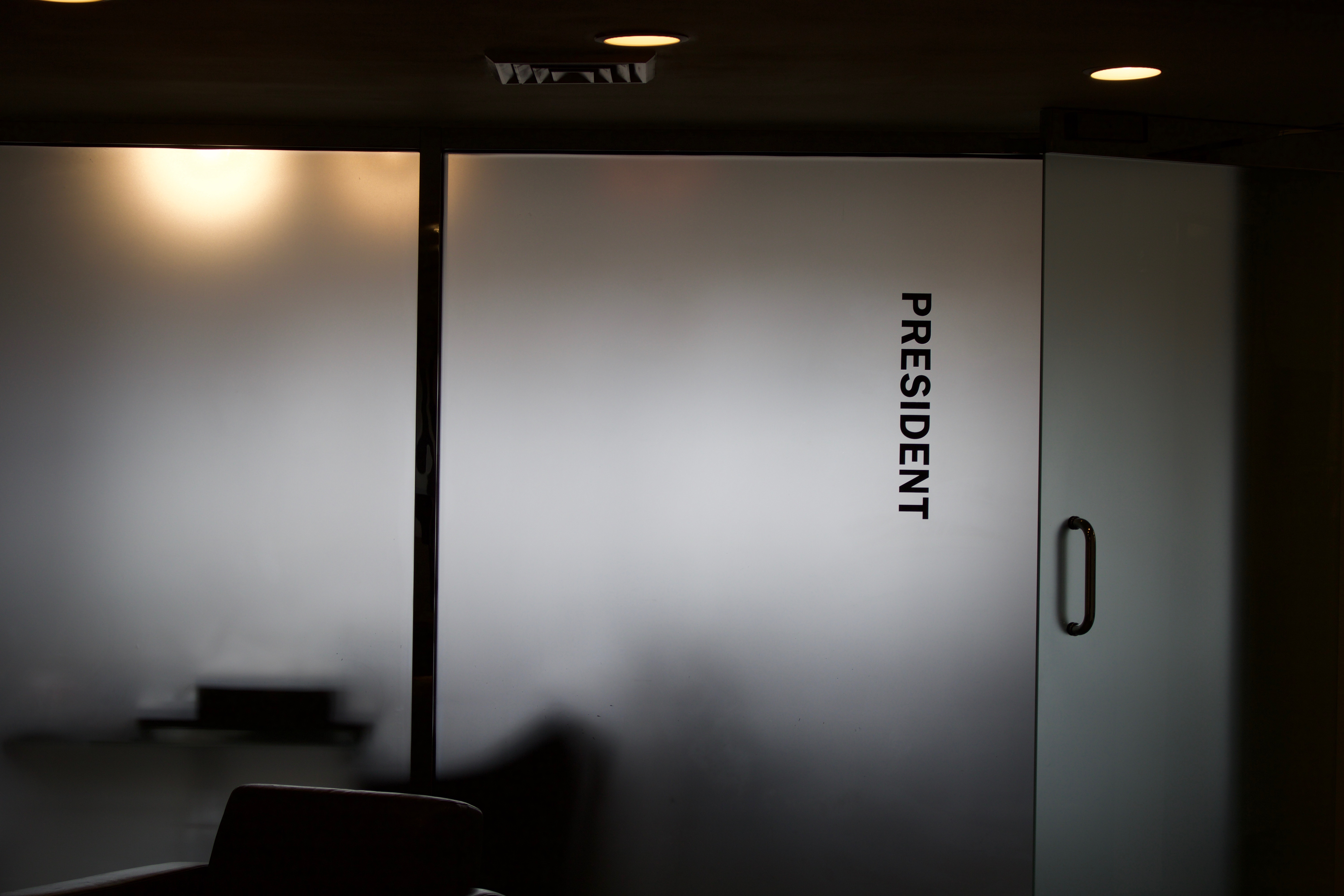The New School is bracing itself with a five-year plan to get through what is anticipated to be tough times ahead. Notes from a University Faculty Senate meeting from February 2017 seemed to suggest a sense of worry about the status of the school’s finances over the next five years.
“The New School needs to do some work around acceptance rates and space issues. There were some five-year projections that suggest The New School might not be able to sustain itself. Not dire, but extremely challenging,” the minutes from the February meeting read.
The New School Free Press spoke with President Van Zandt in person to address the comments and projections that were made in the UFS meetings.
“First of all, the university is in good financial shape, so there’s nothing ‘dire’ about it. We have a big endowment that’s been growing,” Van Zandt said during the half-hour-long interview.
The New School’s 990s from 2014 show that the university’s endowment has indeed grown. The 990s, which are publically available tax documents that disclose financial information about non-profit organizations, show that the beginning-of-the-year endowment for 2014 was $303,463,355.
That is up from $217,435,334 in 2013 and $204,782,000 in 2012.
Although it is small compared to New School-neighbor NYU’s endowment of over $3 billion, it is within the range of other art and design schools, like RISD, which has an endowment of $328 million and that of the Pratt Institute, which is $123 million.
“We’ve been able to balance our budget year in and year out,” Van Zandt said. “So even if the worst happens — if no international students came — we would have quite a bit of runway.”
The New School, as a tuition-driven university, relies on student enrollment. “While we’ve done alright with enrollment overall, some parts are going down and other parts tend to compensate for that, and you’d rather that not happen,” Van Zandt said, adding that the school has seen a drop in students at the masters level in programs like Media Studies and International Affairs. These programs are now undergoing a “process of revitalization,” he said.
Many higher education institutions are worried about a drop in enrollment, both nationally and internationally, as the rate of students pursuing higher education has been declining and some speculate that President Trump’s proposed travel ban could turn away international students and point them towards universities in countries perceived as less hostile.
In March, U.S. News and World Report wrote about the preliminary findings of a study of 250 U.S. institutions which suggested that international student enrollment may be down among some schools.
According to The New School’s international demographics page, international students amounted to 29% of the total student population in Fall 2015, with the majority hailing from China, South Korea and Canada, respectively.
Van Zandt acknowledged that threats to international enrollment at The New School is a cause for concern. “If there were to be a significant decline, that would be difficult for us,” he said.
“We’re trying to figure out looking down the road, how we can get into a position where we wouldn’t be hurt by a drop of 10% in international enrollment,” he said.
But Van Zandt also pointed out that the international reputation of The New School is actually a boon for it financially.
“At the same time, remember the number of people graduating from high school in the U.S. is flat and in the Northeast, it’s going down, so every school is facing that. So we’re in a great position because we have such a great reputation internationally,” he said.
Some studies have shown that the graduation rate is due to plateau for the next several years. Higher education enrollment has steadily decreased across the board for all higher education institutions except four-year public colleges.
Van Zandt’s plan is to increase and diversify revenue sources elsewhere.
One way he proposes to do this is to tap into “new markets, people who don’t know The New School” by revamping and revitalizing the Open Campus continuing education program. It would diversify the school’s revenue source without diluting The New School’s ‘core,’ which are its undergraduate and graduate programs, the president said.
“That’s our traditional, our core reputation. You have to maintain that, and one way to do that is to avoid growing it too big,” Van Zandt said. “If you keep adding students, everyone’s going to say ‘Well, it’s so easy to get into Parsons or Lang.’ You lose reputation by doing that.”
In addition to expanding Open Campus, Van Zandt also said that efforts were being made to ramp up marketing of the University, and introduce more online classes. “The major effort the past couple years has been on the marketing front, that is, trying to get more awareness of The New School name — not just Parsons — out there,” he said. Van Zandt himself said he was primarily aware of The New School for its graduate school from his vantage point as a sociologist, and he became aware of Parsons, Mannes, Lang and the other schools when he began looking at the job of president.
“In terms of viability of the university, it’s not going any place,” Van Zandt said. “In fact, this is the right time to be looking at those long term things, when you’re not in desperate straits. There are a lot of schools now that are in desperate straits that now say, ‘Oh my god, I wish we had done something.’”
Allie is the News Editor for the Free Press. She is a super senior finishing her fifth year as a Journalism & Design student at Lang and a Fashion Design student at Parsons. She also covers local news for the Staten Island Advance and writes about issues within the fashion industry for a not-for-profit online publication. A native New Yorker, Allie now calls Brooklyn home, where she resides with an orange cat and a pint of coffee ice cream hidden in her freezer at all times.







